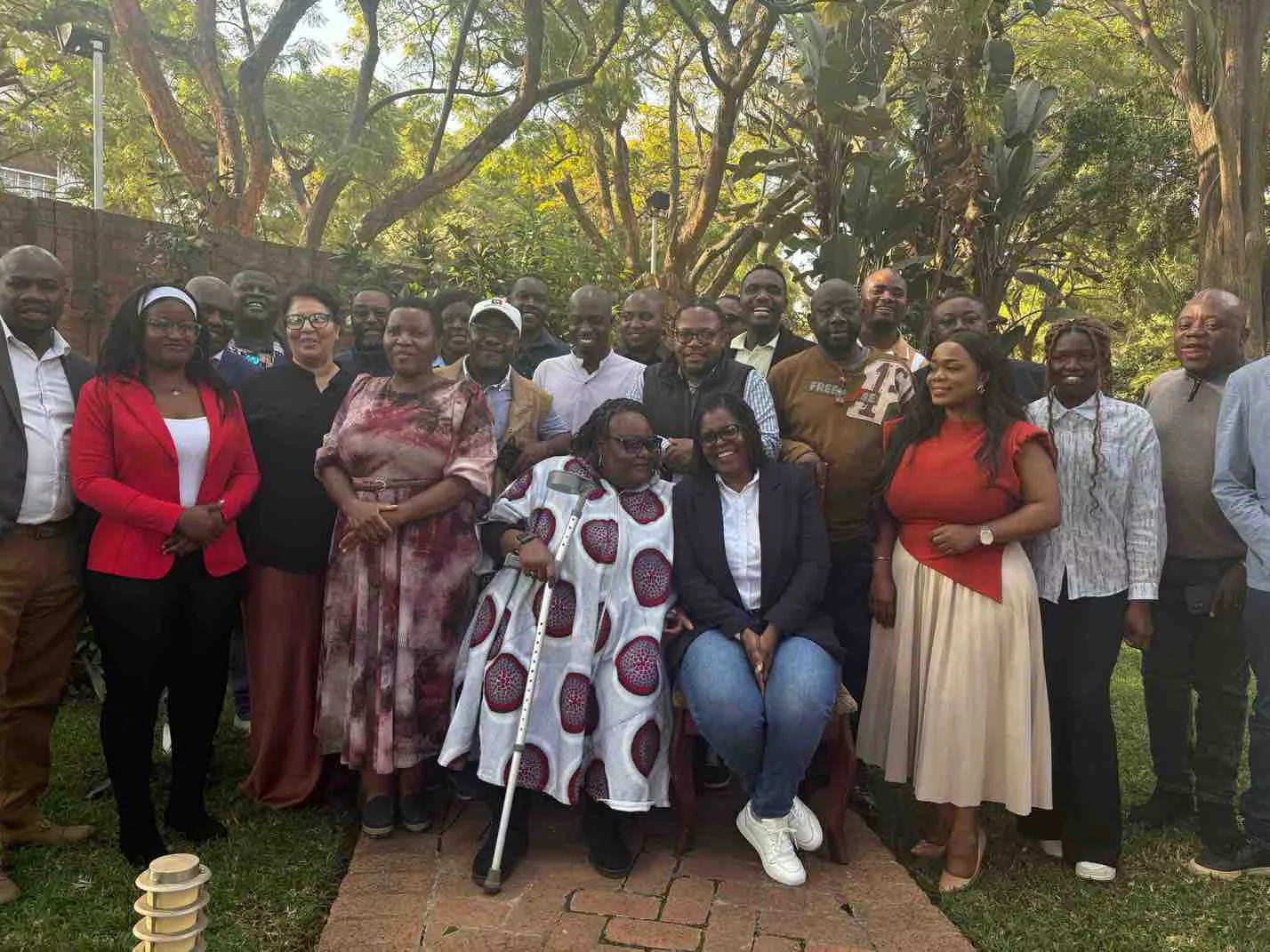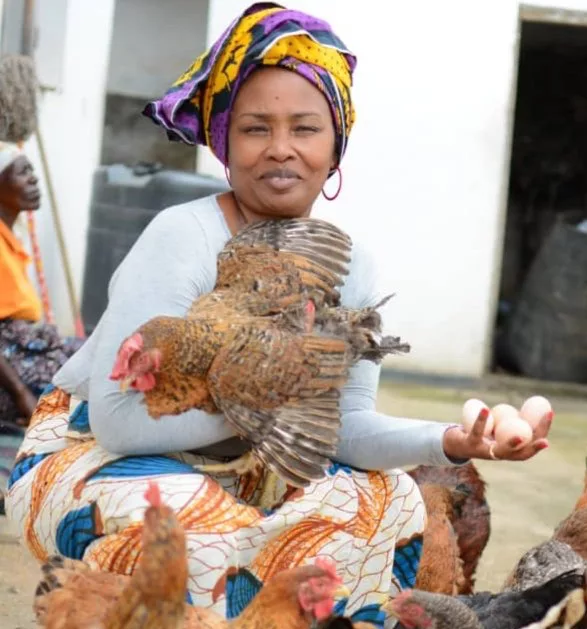By Charles Dhewa
Livestock-based development interventions in many African countries have largely focused on replacing local breeds with imported ones. This is in spite of imported cattle, pigs, goats, and chickens struggling to survive in dry regions characterized by climate-induced shocks. The fact that most imported livestock breeds survive on specially designed commercial feed makes them fit to be called designer livestock.
Breeding for resilience and productivity
Instead of promoting single value chains like hybrid cattle, goats or hybrid chickens, development agencies could achieve more by learning from how local communities have used their knowledge to select and breed livestock for generations. The fact that indigenous goats and chickens are visible in most rural areas is a sign that they do much better than imported breeds which often disappear as soon as an NGO project that introduces them ends.
For generations, indigenous knowledge has enabled African livestock farmers and keepers to breed animals that are equipped with the right mixture of adaptation and productivity. Development agencies and animal scientists that tap into this knowledge will go a long way in using livestock as a development catalyst. While some livestock scientists have been criticising rural livestock farmers for promoting inbreeding, farmers have unique indigenous knowledge on the right combination of genes. The knowledge has been acquired through studying livestock behaviour as opposed to depending on laboratory work.
While indigenous livestock knowledge does not receive much attention, it is a crucial part of adaptive capacity on which pastoralists in East Africa thrive. Instead of embracing a one-size-fits-all approach to livestock development, African countries and their development partners should learn from how pastoralists and livestock farmers have adapted to a myriad of different environments in which they breed a large number of breeds that fit respective habitats and socio-cultural requirements. In order to content with constantly changing environments, livestock communities prefer keeping heterogeneous herds unlike relying on single livestock breed and value chains.
Livestock breeds have to be within the reach of poor farmers
Like hybrid maize seed, most commercial livestock breeds are becoming increasingly unaffordable for poor African farmers. For instance, where an imported Boer goat would go for USD2000, that money is enough to buy a whole herd of goats for many families in ways that promote a local sharing economy. Excessive commercialisation of livestock breeds shows why so-called superior livestock breeds should not be distributed by the private sector as doing so will make it impossible for poor people to own productive livestock. In some cattle sales, a single bull can go for as much as USD20 000, which is an abnormal price for ordinary farmers.
These are some of the critical issues to be considered before rolling out large scale crossbreeding programs. Ideally such programs should creatively combine environmental adaptation with productivity. Through their own experiments, African pastoralists and livestock farmers are always continuously doing field trial and error research with remarkable results. Farmer experiments and studies demonstrate that mixing of breeds is not inherently detrimental. Crossbreeding certainly has the potential to improve food security and livelihoods in the African continent when applied in a strategic manner.
Breed complementarity versus breed purity
Knowledge about livestock breeds needs to become more widely shared so that more farmers can understand the art and benefits of crossbreeding in ways that take advantage of breed complementarity rather than being always obsessed with maintaining breed purity. In fact, the majority of livestock farmers, indigenous breeders and pastoralists are less concerned with purity unlike ‘purist’ livestock scientists who unfortunately do not understand the limited utility of ‘purity’. The livestock scientific community sometimes forgets that investigating the history of livestock development in Africa would not be possible if farmers and pastoralists were not conserving their breeds for decades.
Sustainability is more important than yield
It is not just about pure breeds and hybrids. African communities are tired of crop and livestock programs that promote hybrids with a narrow focus on increasing yield and household income at the expense of the environment. In a rapidly changing climate, farmers are incurring downstream costs on the local ecosystem due to introduced chemicals that erode topsoil, pollute groundwater, and decrease biodiversity. In turn, these environmental costs result in economic and health costs for the larger population that far outweigh measured benefits in targeted farmer households. In some countries, this is in leading to resource-induced conflict between people and wildlife.






